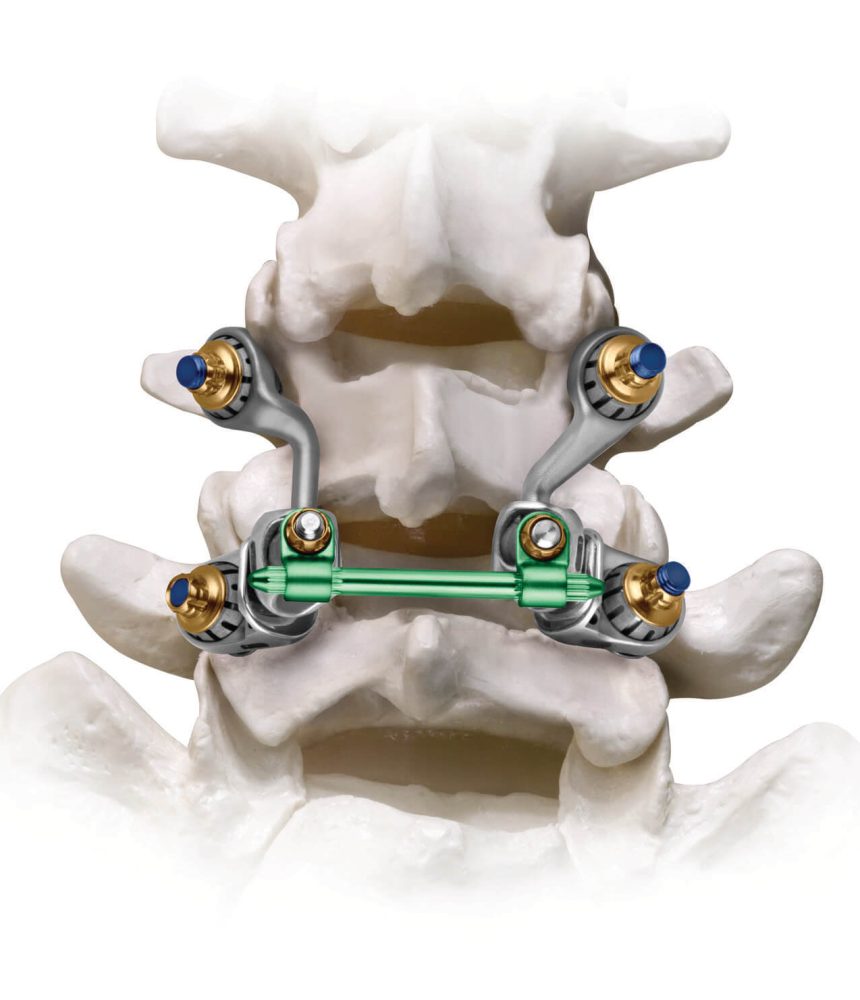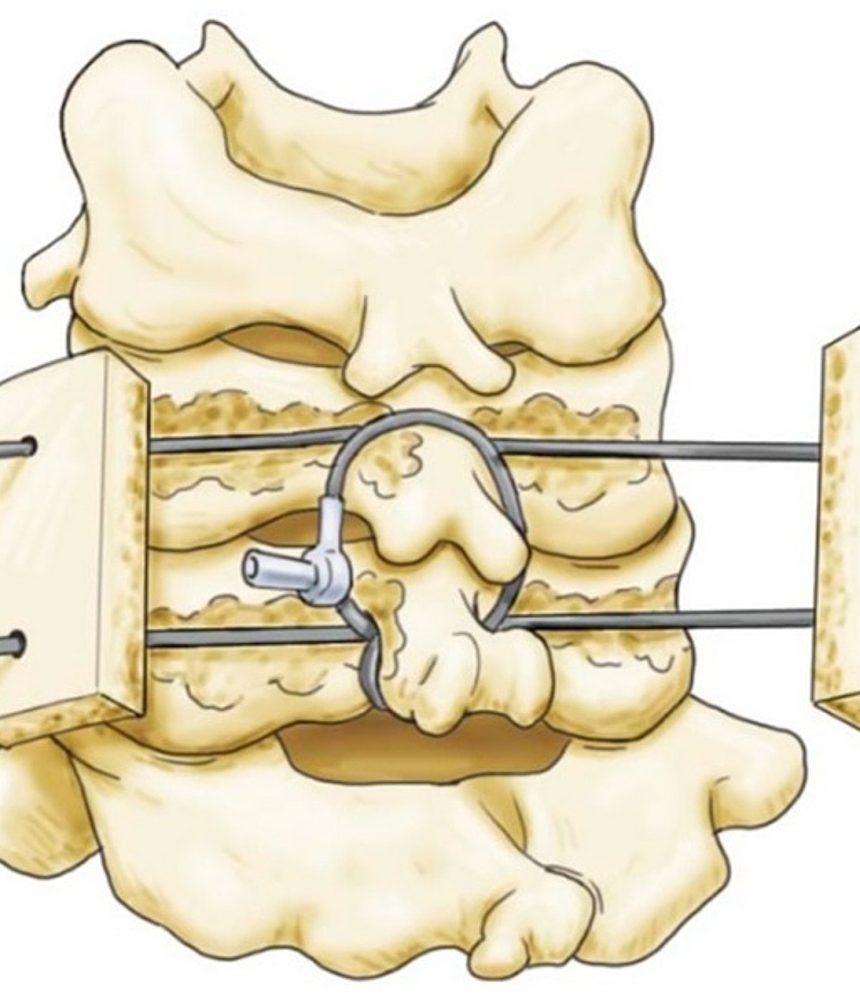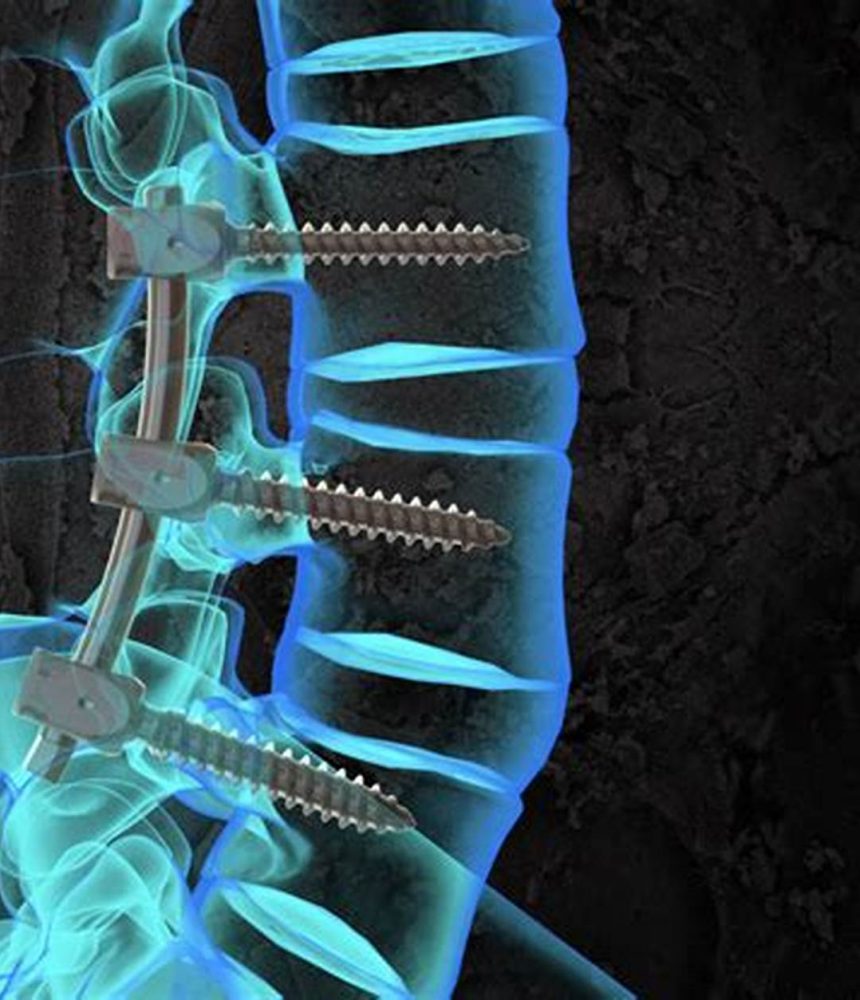Anterior Cervical Discectomy & Fusion (ACDF)
ACDF stands for Anterior Cervical Discectomy and Fusion, a surgical procedure performed to address certain cervical spine conditions. This procedure is commonly used to treat conditions such as cervical disc herniation, cervical degenerative disc disease, or cervical spinal stenosis. Here is a description of the ACDF procedure for patients:



Overview of ACDF:
Indications:
Disc Herniation: When a disc in the cervical spine (neck) is herniated, pressing on the spinal cord or nerve roots.
Degenerative Disc Disease: Wear and tear on the cervical discs, leading to pain and reduced mobility.
Spinal Stenosis: Narrowing of the spinal canal, causing compression of the spinal cord or nerves.
Preparation:
Medical Evaluation: Patients undergo a thorough medical evaluation, including imaging studies (MRI, CT scans) to assess the extent of the cervical spine issue.
Discussion with Surgeon: The surgeon explains the procedure, discusses potential risks and benefits, and answers any questions the patient may have.
Procedure:
Positioning: The patient is positioned on the operating table, typically lying on their back.
Anesthesia: General anesthesia is administered to ensure the patient is asleep and pain-free during the procedure.
Incision: An incision is made in the front of the neck (anterior approach) to access the cervical spine.
Discectomy: The problematic disc or discs are removed to decompress the spinal cord and nerve roots.
Bone Graft: A bone graft is often placed in the empty disc space to promote fusion between the adjacent vertebrae.
Plate and Screws: In some cases, a metal plate and screws may be used to stabilize the spine during the fusion process.
Closure: The incision is closed with sutures or staples.
Recovery:
Hospital Stay: Most patients spend a night or two in the hospital for observation.
Neck Brace: A neck brace or collar may be worn for a specified period to support the neck during the initial healing phase.
Physical Therapy: Rehabilitation exercises and physical therapy are gradually introduced to help restore neck strength and mobility.
Activity Restrictions: Patients are typically advised to avoid certain activities, such as heavy lifting or strenuous exercise, during the initial recovery period.
Follow-up:
Postoperative Visits: Patients have follow-up visits with the surgeon to monitor the healing process and address any concerns.
Imaging Studies: X-rays or other imaging studies may be conducted to assess fusion progress.
Potential Risks and Considerations:
As with any surgical procedure, there are risks, including infection, bleeding, and complications related to anesthesia.
Fusion may take several weeks to months, and the success of fusion varies among individuals.
While ACDF can alleviate symptoms, it may lead to changes in neck motion and biomechanics.











